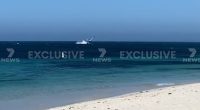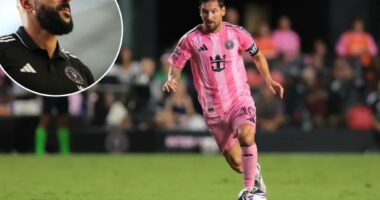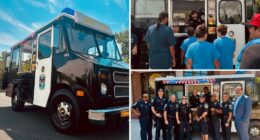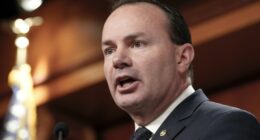The Australian Reptile Park has revealed the biggest funnel web spider they’ve ever seen, appropriately naming him Hemsworth – after the Australian actor Chris Hemsworth.
Prior to Hemsworth arrival at the park, Hercules was their biggest spider, his body spanning 7.9cm long.
But now, Hemsworth has blown the competition out of the water, measuring in at 9.2cm long (from leg to leg).
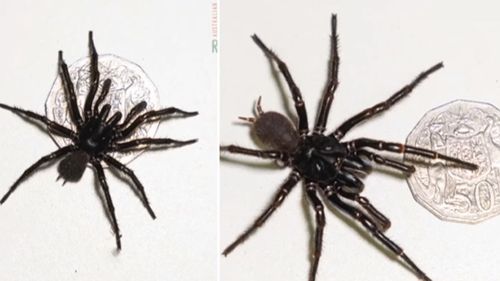
The average body size of a male funnel web spider is between 1 to 5cm.
The monster-sized funnel web was donated at a drop-off location in Newcastle for the reptile parks’ anti-venom program.
“Hemsworth is the biggest spider we’ve ever received at the Australian reptile park,” Spider Keeper Emma Teni said in a video posted to the park’s Instagram page.
“We thought for sure he had to be a female because of his size, but upon closer inspection, he’s a boy.
“This means Hemsworth is going to be able to join our lifesaving anti-venom program, we can only milk the male funnel web spiders because of the presence of the atraxotoxin in their venom.”
It can take up to 150-200 milking to create just one vial of anti-venom.
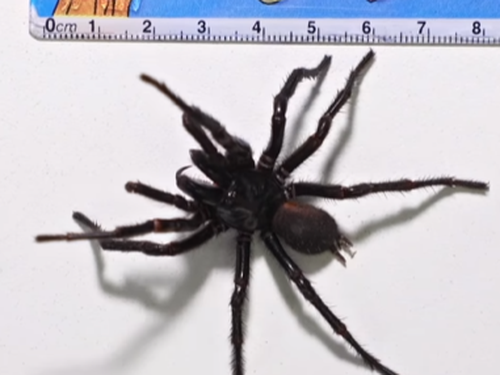
Funnel-web spiders are known to hide in cool and damp areas, such as gardens and sheds.
They may also make their way into homes, specifically in laundries, garages, shoes and pool filters.
Residents have been told to thoroughly check these areas in their homes for spiders to avoid being bit.
A funnel-web spider’s venom is fatal and can kill someone within 20 minutes.
If someone is bitten, experts say it is critical to stay calm.
Apply pressure to the bite, call triple zero and go to the nearest hospital immediately.
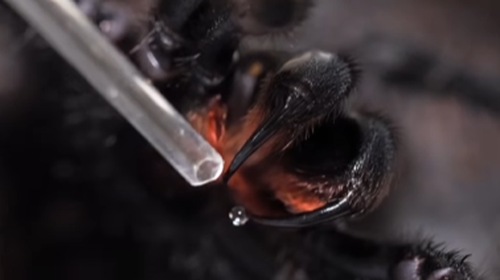
The Australian reptile park relies on spider donations to create the life-saving anti-venom.
Teni says collecting the spiders can be done safely.
“Use a wide-mouthed jar and a large spoon to guide the spider inside, then secure the lid.
“Since funnel-webs cannot climb plastic or glass, the process is safe if done carefully.
“Once captured, drop the spider off at one of our collection points in the Central Coast, Sydney, or Newcastle.”
